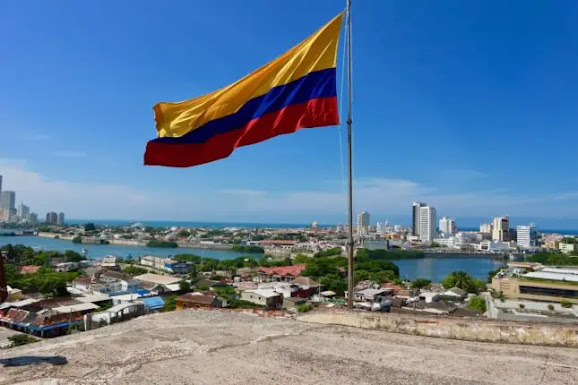‘final hazards report’
.jpg)
Main natural hazards In Colombia Earthquakes Earthquakes occur in Colombia due to its location along the Pacific Ring of Fire, which is an area of intense seismic activity. Colombia is situated where several tectonic plates meet, including the Nazca plate, the Caribbean Plate, and the South American Plate. The interaction between these plates creates seismic activity, resulting in earthquakes. The subduction of the Nazca Plate beneath the South American Plate is one of the main causes of earthquakes in Colombia. This subduction zone , known as the Colombia-Ecuador Trench, can generate powerful earthquakes. Earthquakes in Colombia are a priority because they pose significant risks to the safety and well-being of the population. Colombia is located in a seismically active region, and earthquakes can occur with varying magnitudes. These seismic events can cause widespread damage to infrastructure, homes, and other buildings, leading to injuries and loss of life. Addressing the earthquake ...





